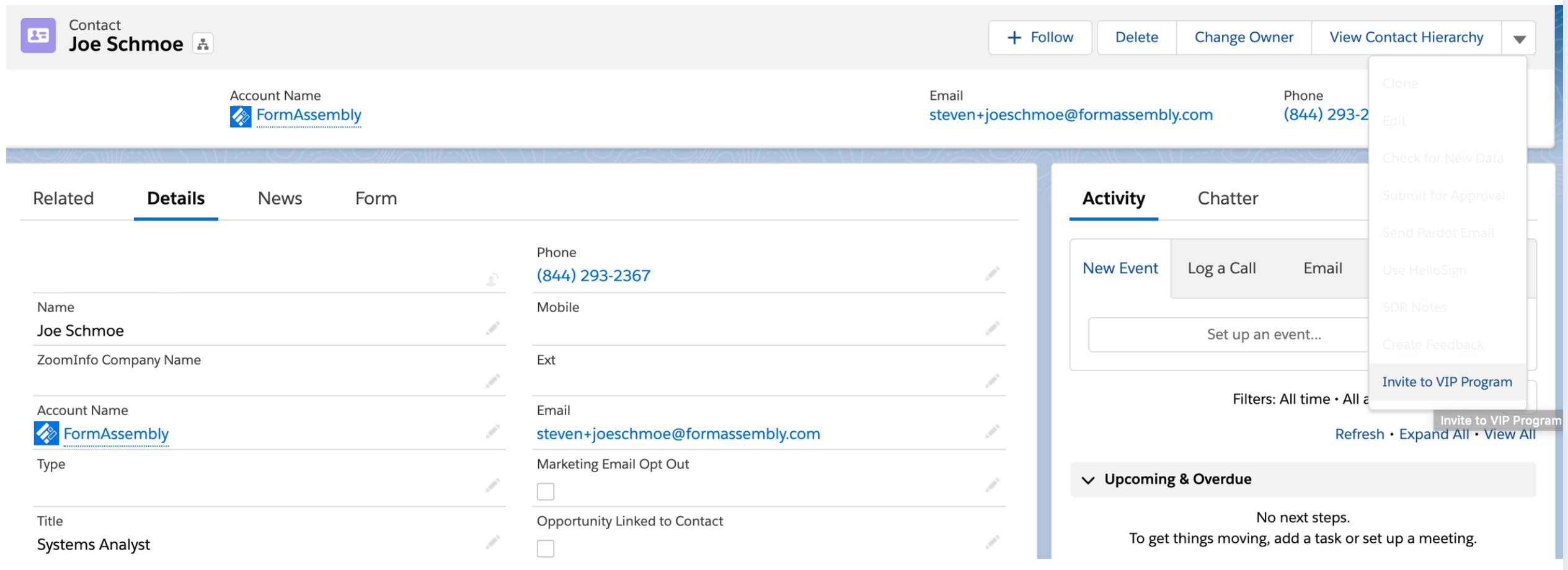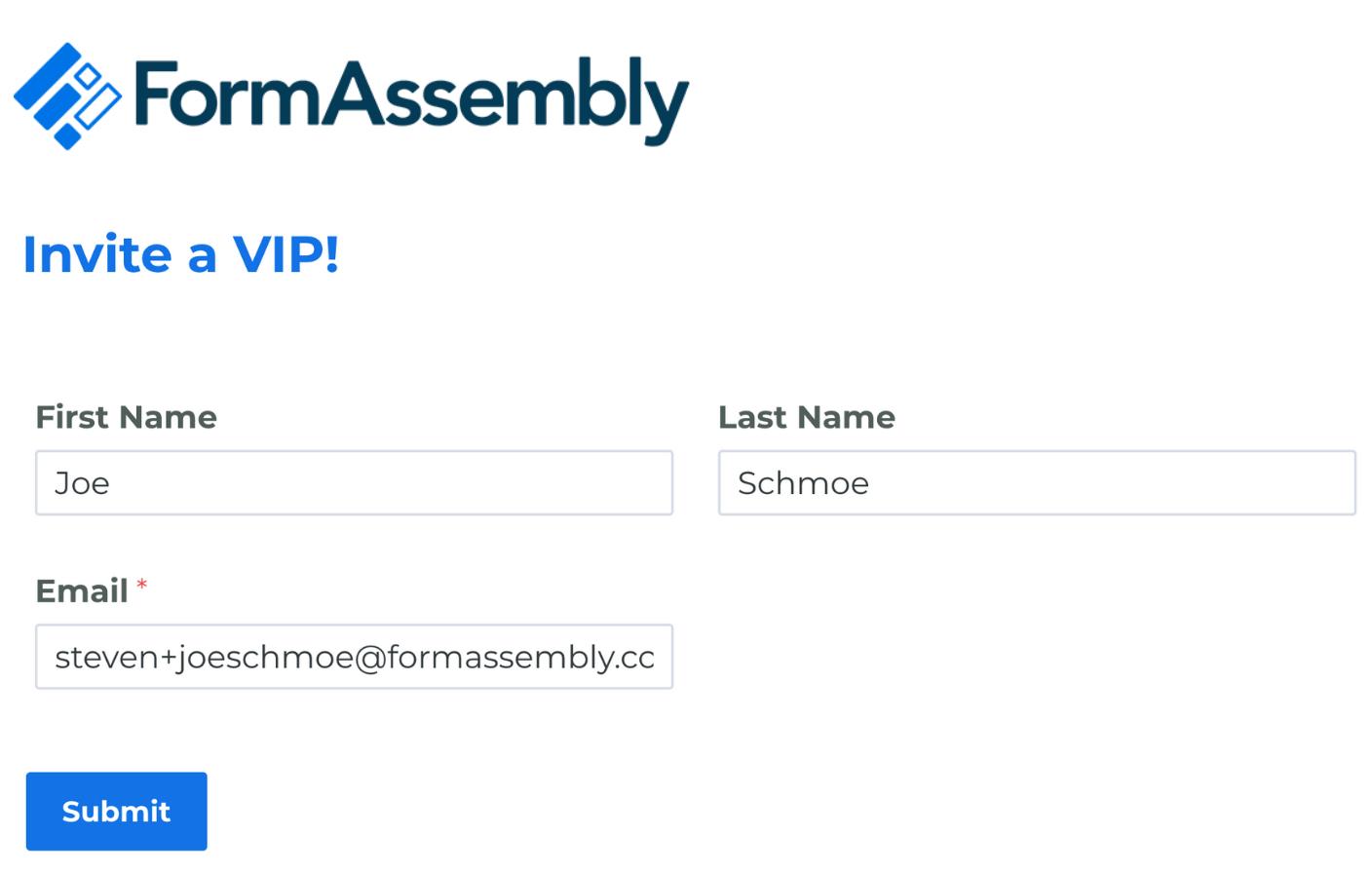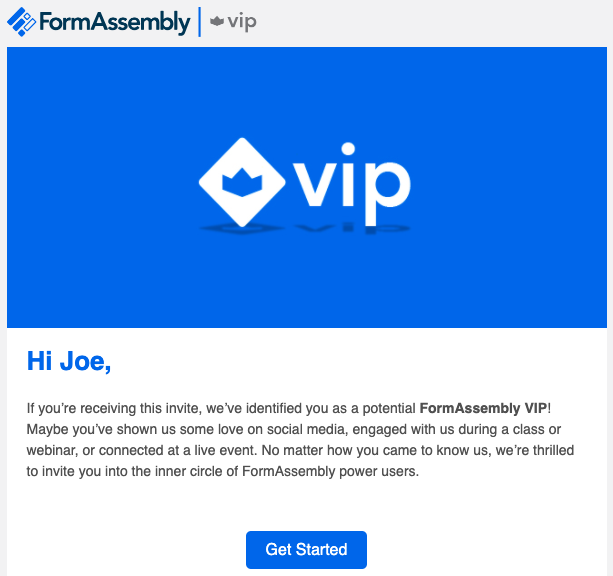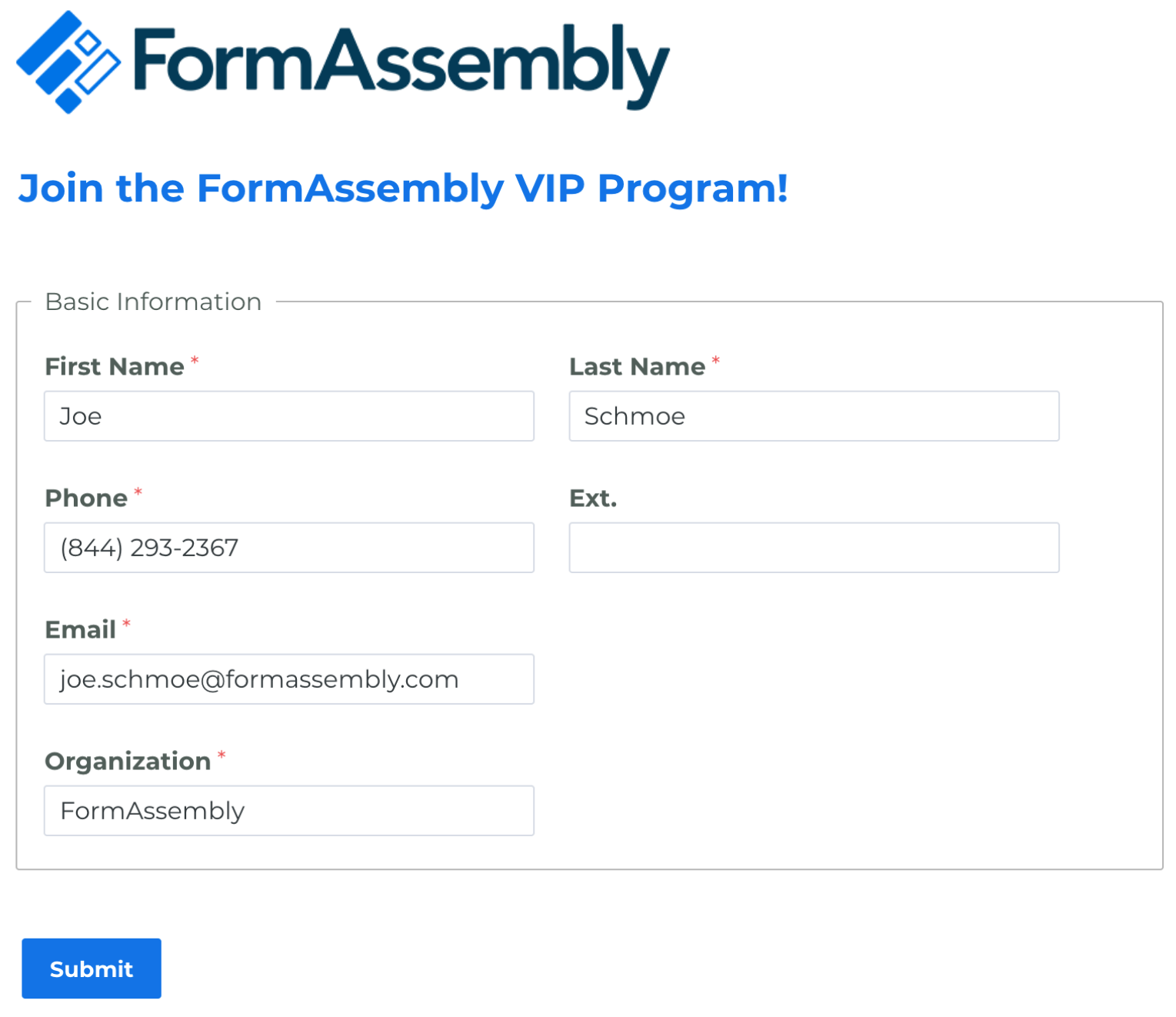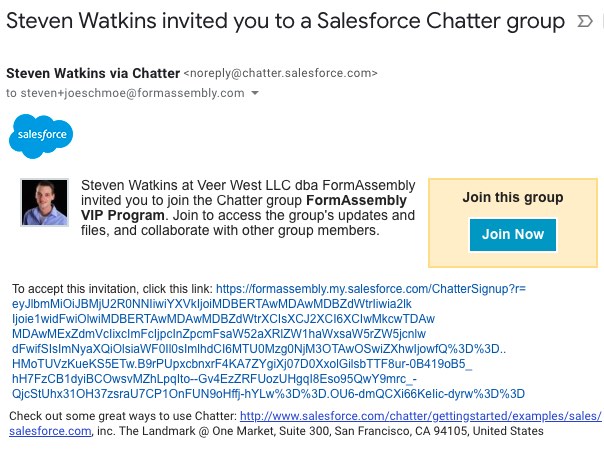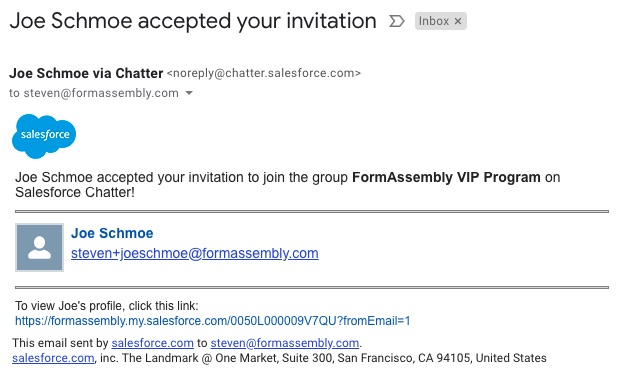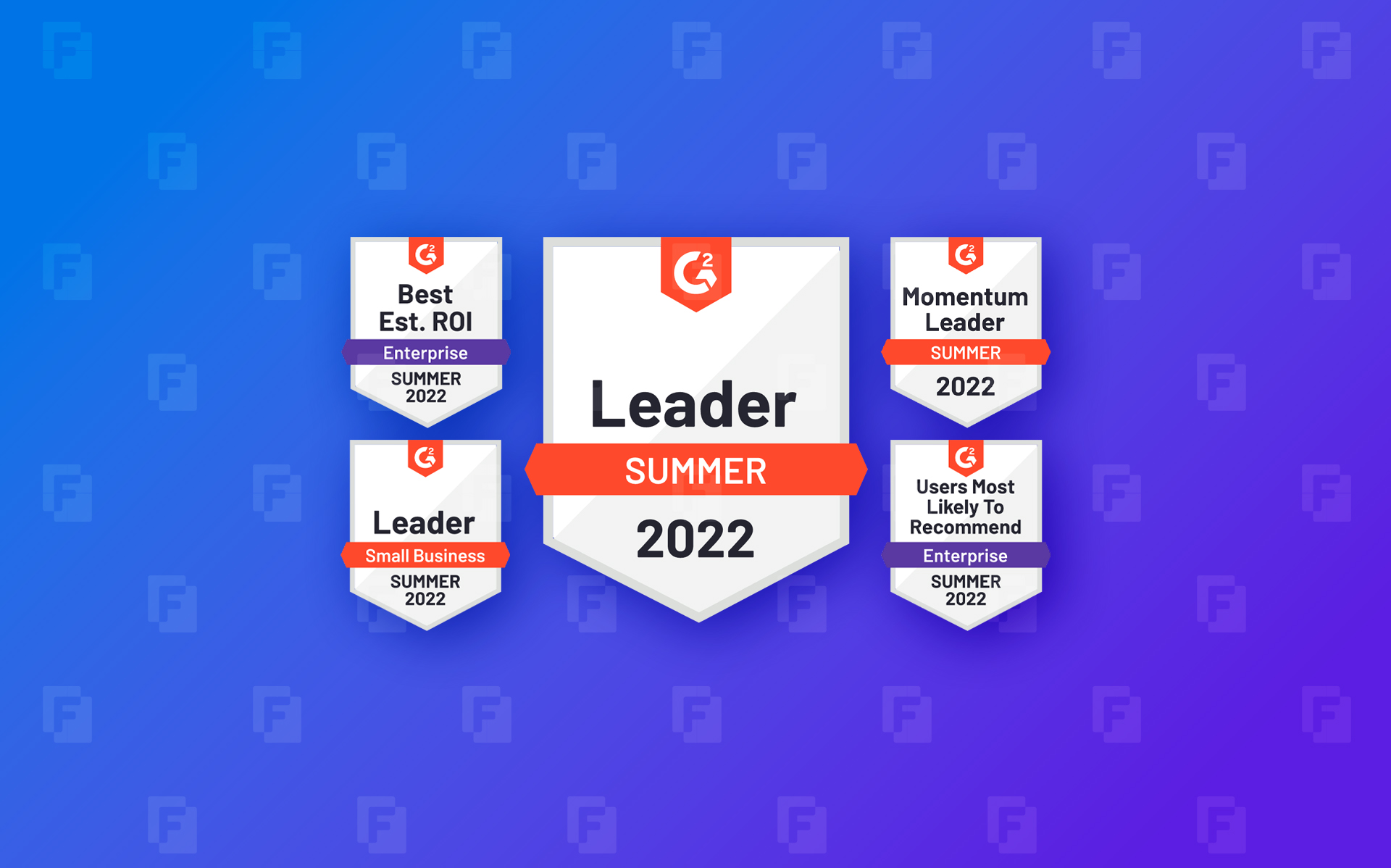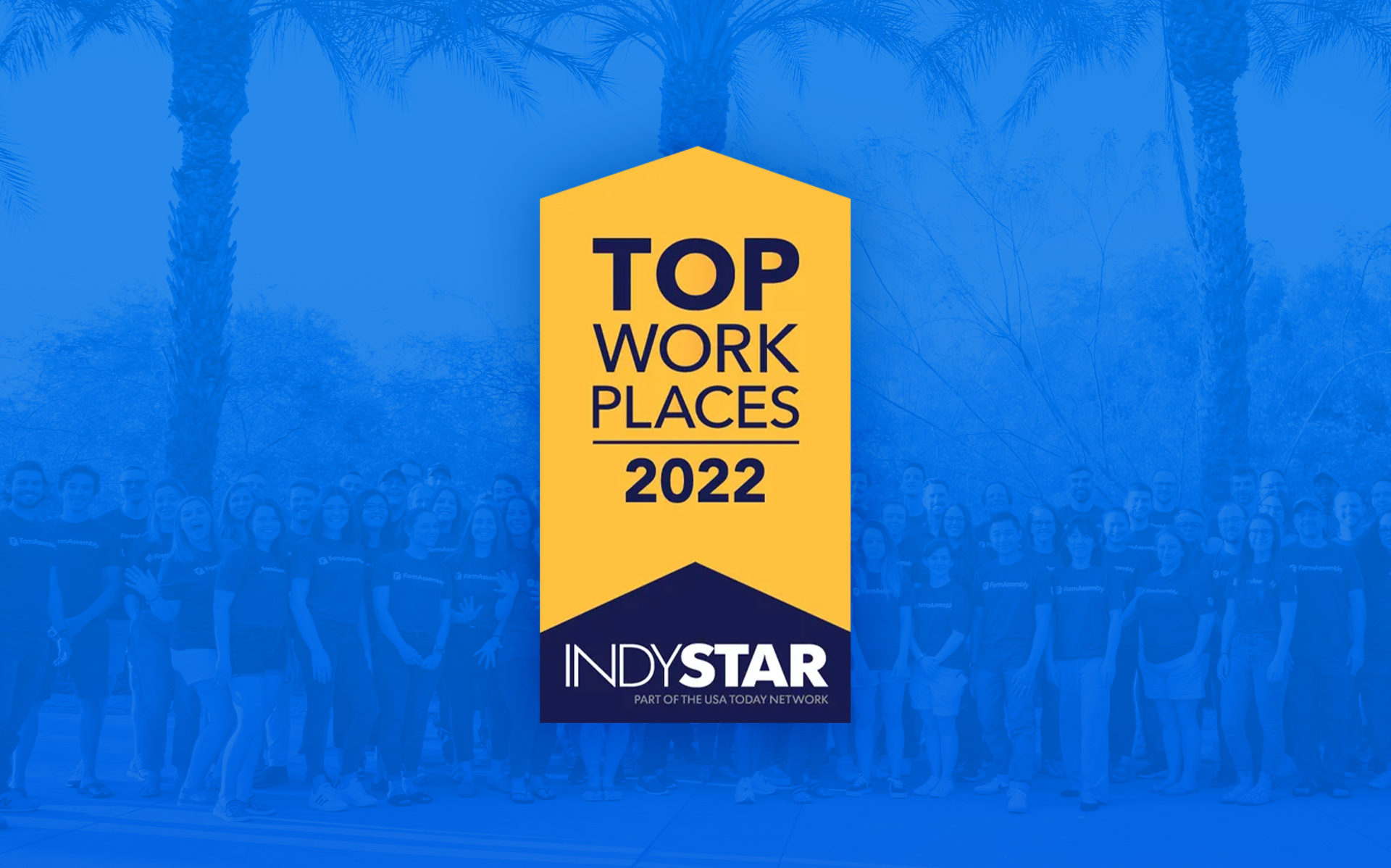With the holiday shopping season already in full swing, there’s one main concern that a lot of online retailers experience this time of year: cart abandonment. In the digital world, this means that people spent time browsing your online store, picked out a few items, and made it to the checkout page, but never completed the transaction.
Getting so close to making a sale without actually completing the transaction is frustrating. And it can be difficult to pinpoint exactly why this shopping cart abandonment occurs. What is it that’s turning people off from your website and causing them to abandon your web form?
Unfortunately, shopping cart abandonment is common, but there’s a lot of research into why people leave websites without buying. Let’s look into why this happens so frequently and what parts of the checkout process could be optimized for form completion.
Shopping cart abandonment often isn’t the result of one factor. There are multiple interlocking factors that cause people to either complete a purchase or abandon an online form. Before you can fix a shopping cart abandonment problem, you have to understand why it’s happening.
Let’s go over a few recent insights on what influences users to buy online (or not).
According to the Baymard Institute, an e-commerce and online user experience research organization, shopping cart abandonment across industries is nearly 70%. In additional research conducted by the institute, 48% of respondents cited extra fees such as shipping costs as the primary reason they didn’t complete an online purchase.
Other reasons users abandon their online shopping cart include complicated checkout processes, having to create an account to make a purchase, concerns over data security, limited payment options, page load times, and having to add personal or payment information more than once.
For 58% of users who abandoned a checkout form, they stated they were simply browsing and never intended to make a purchase. It’s estimated that shopping cart abandonment costs retailers trillions in revenue. On the other hand, if companies optimized the checkout process to be aligned with user needs, they could recover $260 billion in lost orders.
The common thread that runs through many of the statistics is that users hate anything that makes it harder for them to achieve their objective. And it’s costing retailers. The good news is that by minimizing these points of friction with more seamless processes, you can better ensure that users complete checkout forms and officially make a purchase.
Form design can be simple or confusing. It can reduce friction or add friction to the user experience. Though it’s not the only thing that trips users up in the checkout process, it’s still a factor, and one that you can control.
Having insight into what users dislike most about the checkout process (duplication of information, too many form fields, poor security) gives you insight into what elements of your forms might need updating.
While you can and should implement changes like guest checkout and transparent shipping costs, there are specific changes you can make to your forms to help minimize shopping cart abandonment. Here are five tips to make your forms easier to fill out and reduce friction across the checkout process.
If you’ve ever had to enter your information twice during one online shopping session, you know how frustrating this experience can be. No one appreciates the extra work, and it doesn’t make your organization look good.
While users can enable form prefill settings on their own devices, you can help out, too. Form prefilling from your own database eliminates the need for users to re-enter their information from one form to another.
The average checkout form has just 11 form fields. You likely don’t need to collect as much information from a respondent as you think. Only asking for relevant information on a form is also a data privacy best practice, so be sure to delete all unnecessary form fields.
Another way to minimize fields is to use conditional logic, so only certain fields show on a form based on how a respondent answers a question. Users will only see what fields are relevant to their situation, keeping the form simple and clean no matter who is completing it.
Nothing feels more intimidating than having to scroll down a checkout page just to get to the bottom of a form. If your form requires more information than usual from a respondent, be sure to break your form into multiple pages. Multi-page forms help reduce overwhelm and help ensure that a user will complete your form, even if it’s long.
Another simple way to reduce friction on long forms is by adding a progress bar to each page. The fewer respondents feel like they need to guess how long it will take to complete a form, the more likely they will be to get to the end and hit submit.
4. Offer multiple ways to pay
It may not seem like a major point of friction, but limited payment options can lead to shopping cart abandonment. While not a high number, it is good to know that 9% of users will not follow through with a purchase if they don’t see their payment method of choice.
Giving your users the option of how they pay is smart. Many people choose to use PayPal to make online purchases these days, but it’s a best practice to offer alternatives like Authorize.net and Stripe. The easier it is for a customer to make a payment, the less likely they will be to abandon the checkout form.
The past several years have brought an increase in both data attacks and privacy concerns. The 2022 Adobe Trust report found that 84% of consumers felt keeping data safe could help rebuild trust in an organization. However, only 41% of organizations prioritize data privacy and governance.
Let your users know that you’ll prioritize data security and privacy as they shop on your site and make purchases. Be sure to add validated security seals that showcase your priority and commitment to keeping consumer data safe. It’s also important to ensure the forms themselves are secure and maintain compliance with data privacy regulations.
A form isn’t just a way of collecting information. It’s a hurdle your customers have to cross to take a specific action, like making a purchase or signing up. Even if you don’t see your forms as difficult to complete, your users might still view them as a hassle, which could increase friction and negatively affect sales. To ensure you’re optimizing your online forms and improving conversion rates, read our eBook, 4 Steps to Better Web Forms.
![[Webinar] Formdational 105: Smart Forms](https://www.formassembly.com/wp-content/uploads/2023/02/rerun-formdational-series-5-salesforce-prefill-blog-header.jpg)


![[Expert Panel] The Future of Remote Culture & How to Adapt Post Pandemic](https://www.formassembly.com/wp-content/uploads/2023/01/remote-work-culture-webinar-blog-header.jpg)


